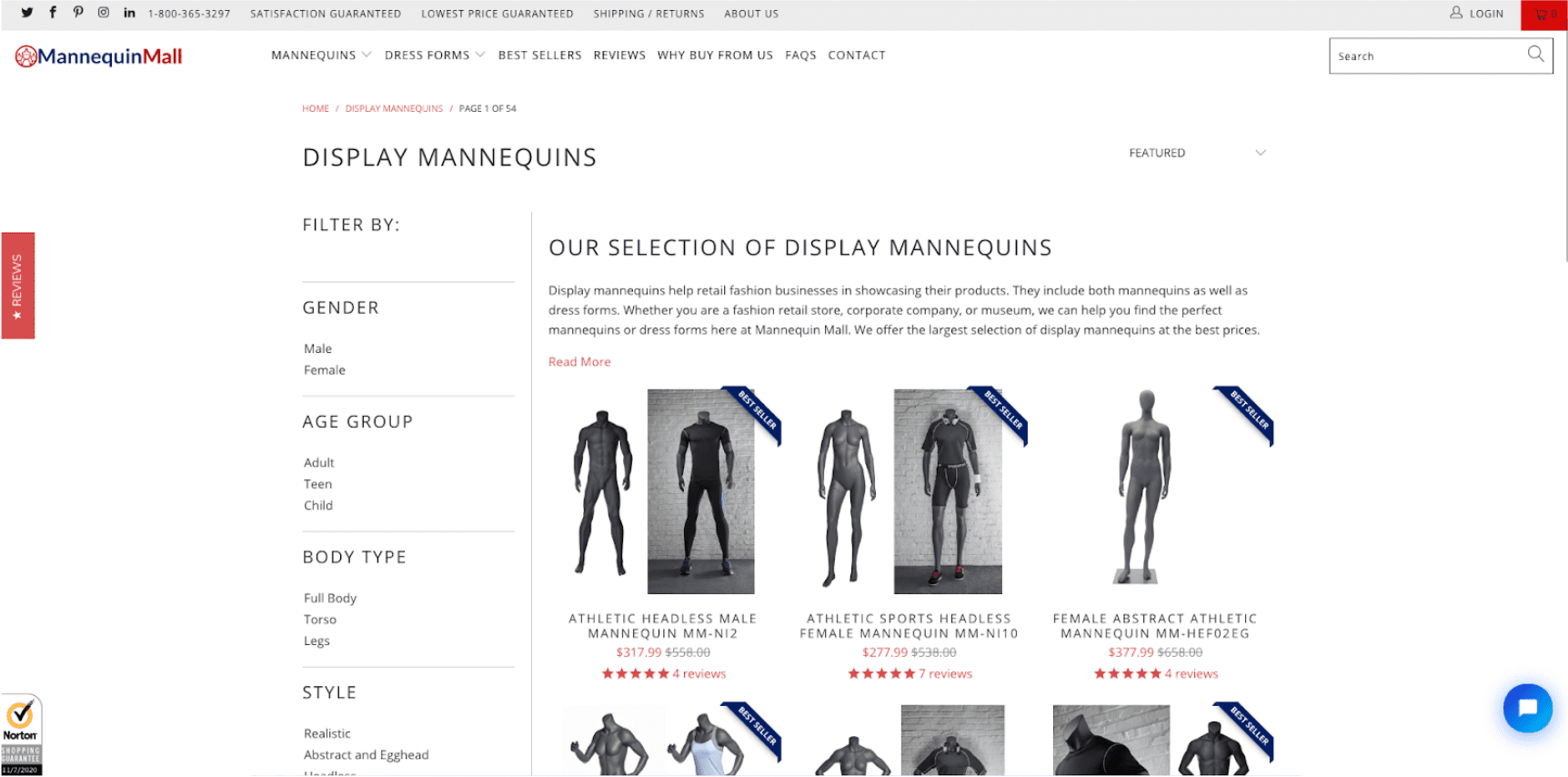5 Tips for Ecommerce Success
Ecommerce is currently one of the fastest-growing industries. According to the latest estimates, there are between 12 and 24 million online stores worldwide. And even in 2020, when almost all retail experienced a decline, ecommerce grew by 20%.
But, as in all spheres of business, with increased demand comes competition. As consumers’ preference for online shopping increases and a growing number of retailers move their operations to the web, small brands with limited marketing budgets must find ways to stand out and keep up. And the best way to do just that is to follow high ROI strategies that promise results.
So, are you looking for ecommerce success in the coming period? If that’s the case, the following tips are worth implementing to ensure you get the best possible outcomes from your hard work.
1. Make Improvements to Web Design
We’ve come a long way since the days of web 1.0 with its text-heavy design, static HTML code, and limited readability. Thanks to platforms like Shopify and WooCommerce, innovative plugins, and pre-made themes, anyone can create a decent-looking website that won’t sacrifice usability for the sake of looks.
Nonetheless, despite the development process being easier than 10 or 15 years ago, there are still some design rules developers need to follow if they’re after above-average conversion rates.
First and foremost, there’s the question of aesthetics. While functionality and user experience must be exceptional, it’s no secret that more minimalistic design works better for ecommerce. The reason? Too much information on the same page draws focus away from calls to action.
With ecommerce, the objective is to draw the visitor’s attention to the most important element on a page – and that is the incentive to purchase a product. Satorisan is an ecommerce store that does a great job at this, as their CTA buttons use high-contrast green to stand out from the background. The design is minimalistic, foregoing almost all text above the page fold, thus allowing visitors to focus on the product itself.

Of course, CTAs aren’t the only conversion-boosting element on ecommerce product pages.
Another easy hack for encouraging purchases is to step up your product photography game and provide a shopping experience that’s similar to what users would get in-store.
Aim for high-quality product photography, with views from multiple angles and the possibility to zoom in. It’s also not a bad idea to show what you’re selling in action, like Mannequin Mall has done. The pages on this brand’s website use realistic visuals, presenting potential buyers with a clear image of each product. This way, the visuals are contributing to a better user experience and helping expectation management.

2. Invest in SEO
One of the key performance metrics to follow for ecommerce is the amount of traffic your website gets. Of course, you can boost visits with paid campaigns. But there’s a better way to get people to your webshop.
Search engine optimization allows you to make your business maximally visible by addressing different technical and creative aspects of your website.
The most basic SEO tactics include the use of relevant keywords and securing high-quality backlinks to your site. But that’s definitely not where you should stop.
To save on advertising and get higher amounts of organic traffic, you should ensure that your website performs well on multiple fronts.
- Firstly, optimize for mobile devices, and try to keep loading speeds below 4 seconds where possible.
- Secondly, optimize multimedia files with the right tags and keep sizes to a minimum.
- Finally, don’t forget to pay attention to local SEO, as well as your content and social media marketing strategies.
3. Diversify
Another good way to ensure ecommerce success is to go back to the oldest business strategy in the book – diversification.
Yes, having your own ecommerce website gives you a lot of control over customer experience. Still, you need to understand that most people have specific habits when it comes to shopping.
Amazon, for example, is a sales channel that holds more than one-third of the US market share. In fact, for many people, it’s the only place they’ll shop. Fortunately, however, it’s also an open marketplace where businesses of all sorts can offer and sell their products. And yes, there are some limitations as to what you can do on the platform. Nonetheless, it’s not a bad idea to seek out resources, such as Aura, that offer actionable information about selling on Amazon.
Other marketplaces you need to stay on top of include Facebook, eBay, and Alibaba.
4. Go Above and Beyond
As you can see, there are several steps you can take to boost conversions and drive traffic to your website. But, it’s also not a bad idea to invest in the overall customer experience your company offers.
In today’s world, consumers have very little faith in advertising. Instead, when shopping for products, they will turn to user reviews and recommendations from friends. So, it comes without question that one of the best ways to advance your business is going to be through word of mouth.
However, for this to become a profitable strategy, you will first have to collect social proof. One way would be to offer incentives, like a discount, for reviews and referrals. But, while these strategies are effective and fast (which can often be a priority), they also take away from profits. And not all businesses can afford that.
So, if you’re on a tight budget but want to make sure that your audience knows about the value you offer, make sure to polish two things:
- Your unique value proposition – explain what it is that makes you different from the competition; and
- Your execution – aim to always deliver more than you promised.
By paying attention to these two aspects of your business, you can ensure that you’re building a spotless reputation. Thus, your brand will become synonymous with premium service and quality customer care.
5. Stay True to Your Brand and Values
Finally, the last tip for ecommerce success is to always stay true to your company’s values. While trends in commerce come and go, audiences tend to stick to brands whose mission and values they agree with.
Along with upholding your business’ integrity, make sure that you also approach all your marketing with care and patience. Yes, making a lot of sales is great. However, real ecommerce success lies not in quantity but quality.
Do your research, find your target audience, deliver what you promised, and work on customer retention just as hard as you do on acquisition. In the end, a loyal customer base will have a much higher lifetime value than any number of one-time shoppers. And if you take into consideration the fact that word-of-mouth impacts sales more than paid advertising, you’ll have a low-cost, high ROI strategy that will work for years, even decades, to come.
This article has been published in accordance with Socialnomics’ disclosure policy.









